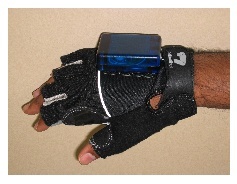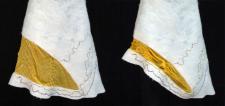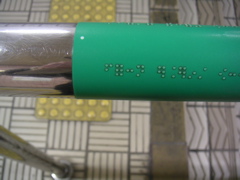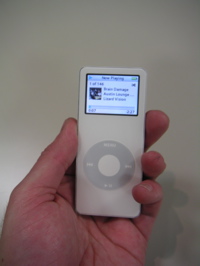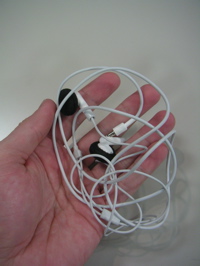All your base are belong to Google
Yow. Ars Technica has the low-down on a yet-unannounced Google service called Google Base:
Google Base is Google’s database into which you can add all types of content. We’ll host your content and make it searchable online for free.
Once again, Google proves they groks that the marginal cost of storage and file transfer is essentially free. By becoming the go-to place for everyone’s content they draw more eyeballs for their web ads and position themselves to become the best aggregation service on the Net (if they aren’t already).
(via Slashdot)
All your base are belong to Google Read More »
